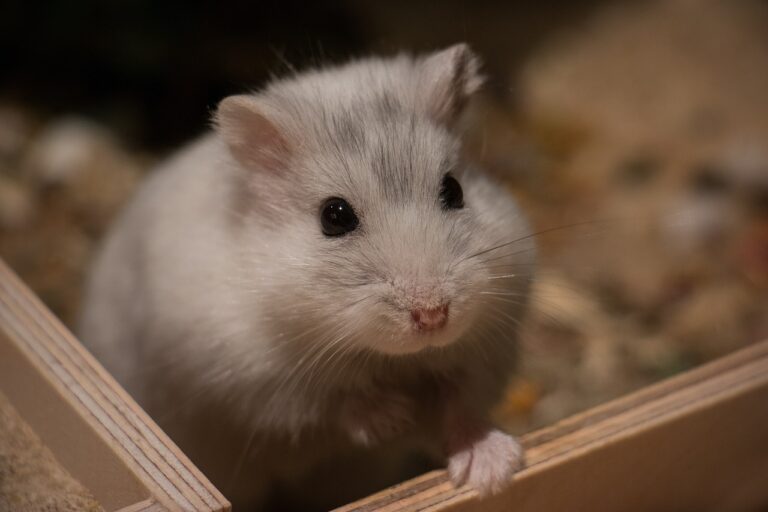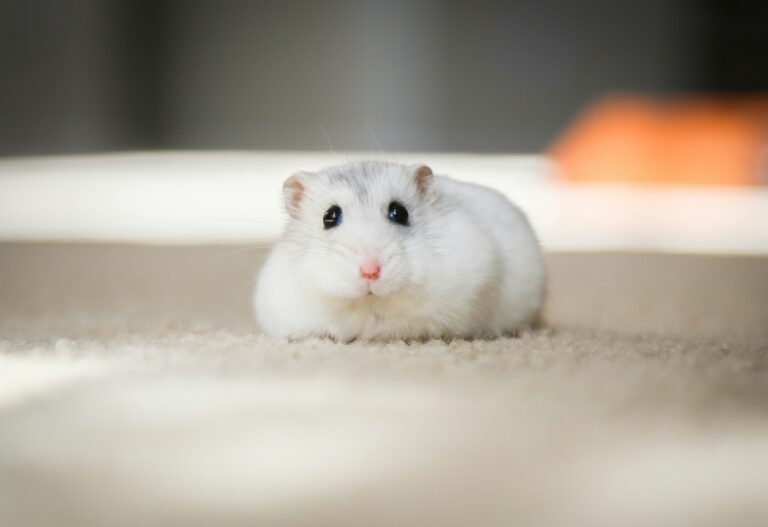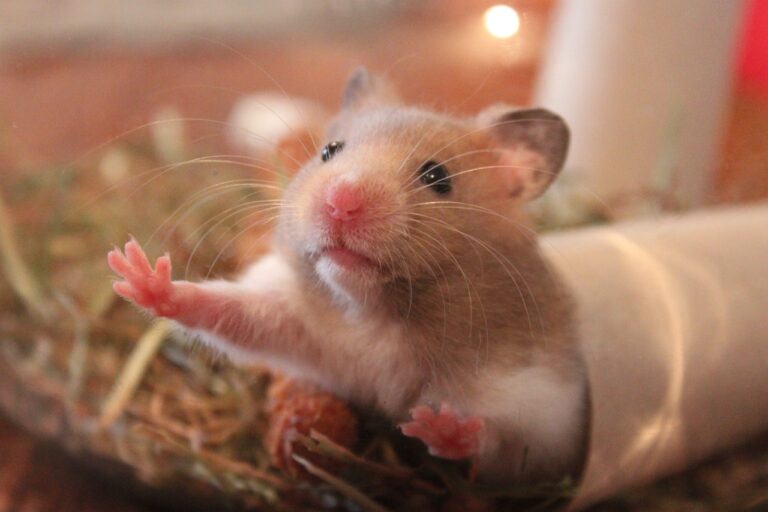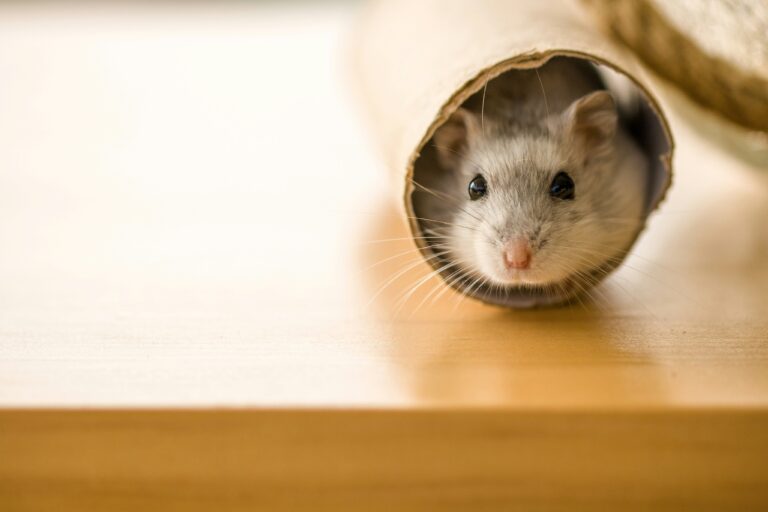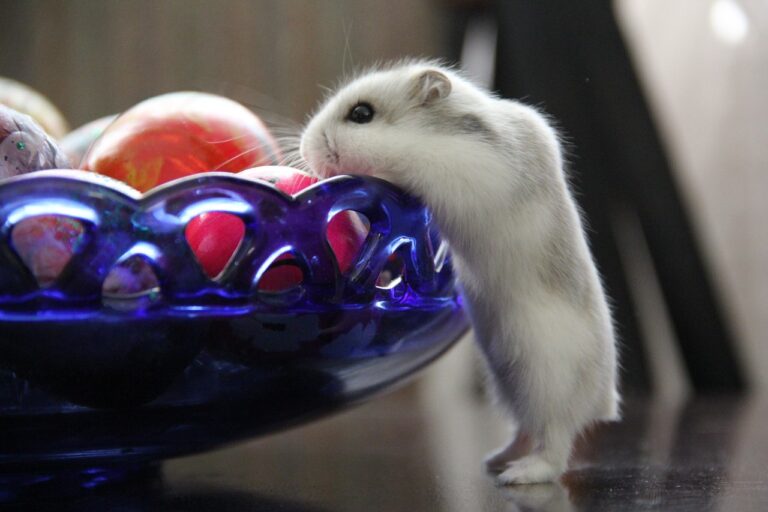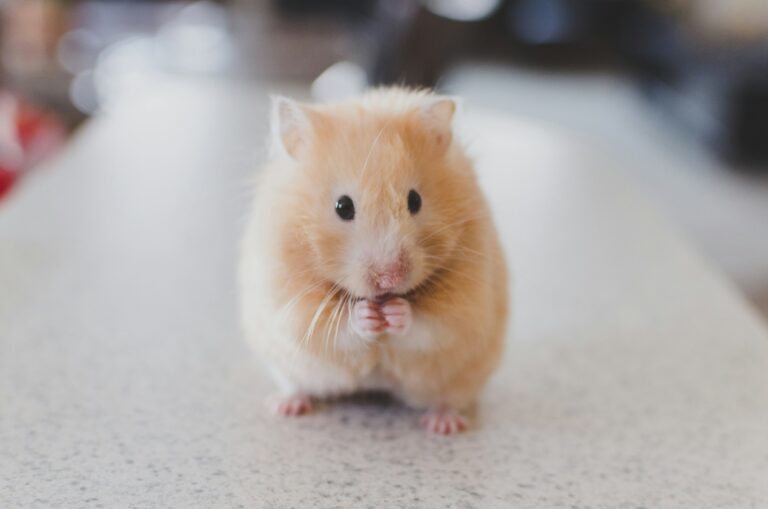What is a Hamster? Learn all about these Small Pets
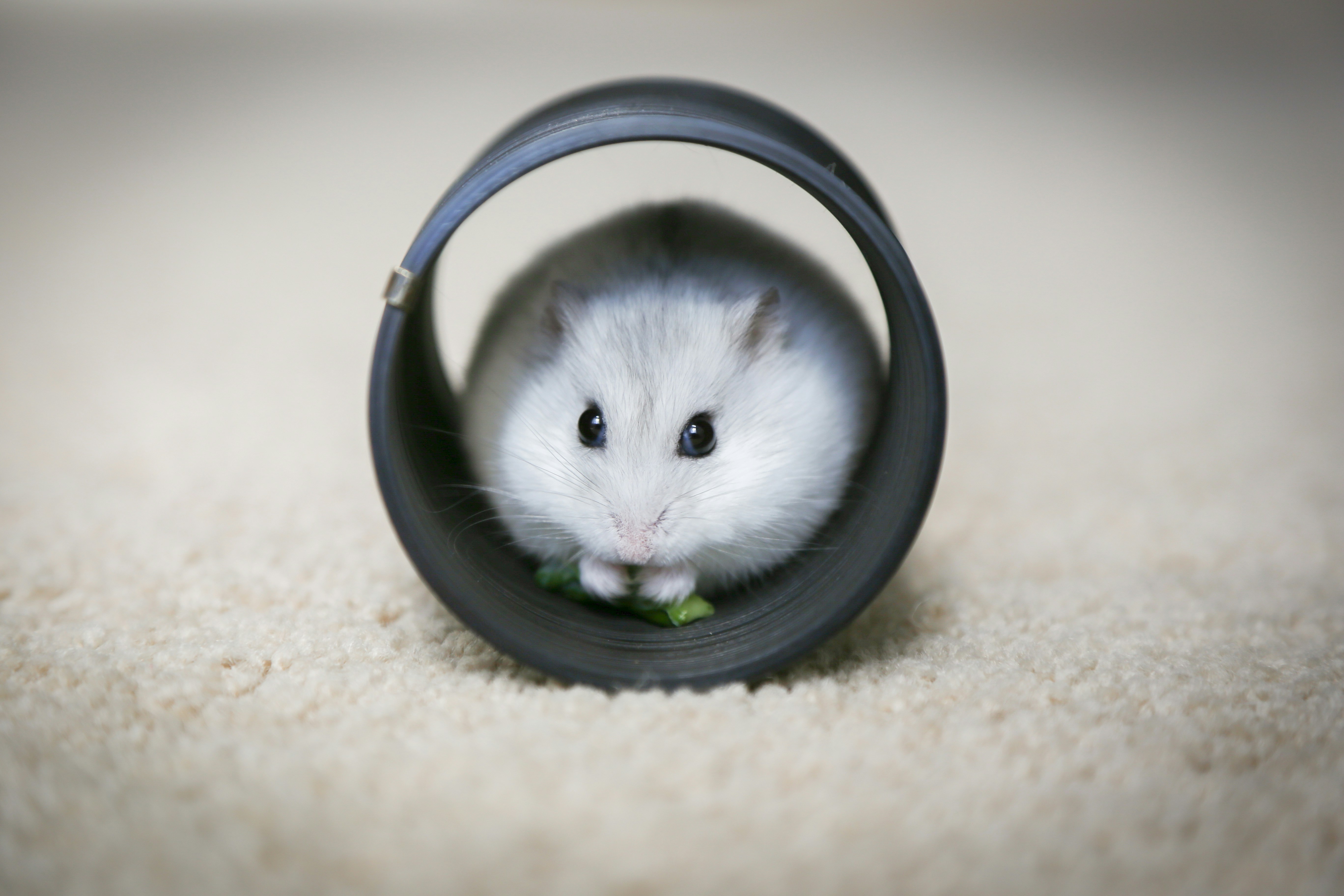
Found in households across the globe, hamsters have captured the hearts of pet owners and enthusiasts alike.
In this article, we’ll delve deep into the fascinating world of hamsters, exploring their origins and natural habitat, physical characteristics, behavior, species diversity, and their role as beloved pets.
Origins and Natural Habitat
Hamsters, members of the rodent family Cricetidae, have a long history dating back millions of years. Their ancestors are believed to have originated in the arid regions of Syria, Turkey, Greece, and other parts of the Middle East. Fossil evidence suggests that early hamsters lived in burrows and subsisted on a diet of seeds, grains, and vegetation.
The modern hamsters we know today are descendants of these ancient ancestors. Over time, hamsters diversified into various species and adapted to different environments, resulting in the wide range of hamster species we see today.
Physical Characteristics
Hamsters are small, rodent mammals characterized by their compact bodies, short legs, and furry coats. While there are several species of hamsters, they share many common anatomical features:
Fur: Hamsters are covered in a dense coat of fur that provides insulation and protection from the elements. Their fur can vary in color and pattern depending on the species and individual genetics.
Cheek Pouches: One of the most distinctive features of hamsters is their large cheek pouches, which extend from their cheeks to their shoulders. These pouches are used for storing food, allowing hamsters to transport large quantities of food back to their burrows.
Teeth: Like all rodents, hamsters have continuously growing incisors that require regular chewing to prevent overgrowth. Their teeth are sharp and used for gnawing on food, burrowing, and defending against predators.
Whiskers: Hamsters have long, sensitive whiskers on their faces that help them navigate their environment and detect obstacles, predators, and prey. Whiskers are also used for communication and social interaction with other hamsters.
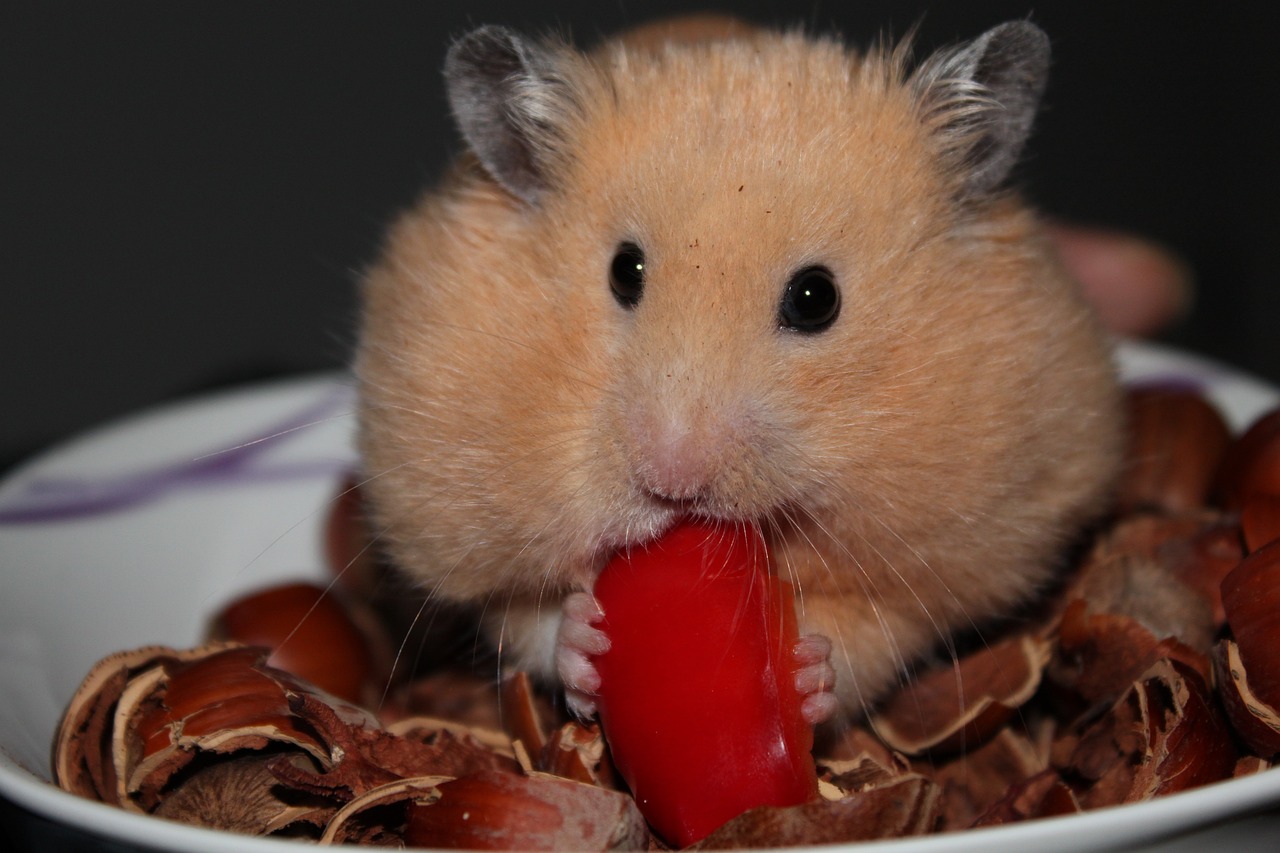
Diversity of Hamster Species
While the term “hamster” often conjures up images of the Syrian hamster, there are actually several species of hamsters, each with its own unique characteristics and traits. Some of the most common species of hamsters include:
Syrian Hamsters: Also known as golden hamsters, Syrian hamsters are the largest and most commonly kept species of hamster as pets. They have a solitary nature and should be housed alone to prevent territorial aggression.
Dwarf Hamsters: Dwarf hamsters encompass several species, including Campbell’s, Winter White, and Roborovski hamsters. These smaller species are more social and can often be housed in pairs or small groups under the right conditions.
Chinese Hamsters: Chinese hamsters are slender and agile, with long tails and a distinctive stripe running down their backs. They are less common as pets but are known for their gentle temperament and unique appearance.
Each species of hamster has its own specific care requirements and behaviors, so it’s essential to research the needs of the species you plan to keep as a pet.
Behavior and Social Structure
Hamsters are intelligent and social animals that exhibit a wide range of behaviors in their natural habitat and as pets. Some common behaviors observed in hamsters include:
Burrowing: Hamsters are prolific burrowers and spend much of their time digging tunnels and creating complex burrow systems underground. Burrowing serves as a means of protection from predators and provides a safe, comfortable environment for nesting and sleeping.
Grooming: Hamsters are meticulous groomers and spend a significant amount of time grooming themselves to keep their fur clean and free of parasites. They may also groom their cage mates as a form of social bonding.
Cheek Pouching: Hamsters use their cheek pouches to store food, which they transport back to their burrows for later consumption. Cheek pouching allows hamsters to gather large quantities of food efficiently and is an essential survival strategy in their natural habitat.
Exploration: Hamsters are curious animals that enjoy exploring their environment and investigating new sights, sounds, and smells. Providing a variety of toys, tunnels, and enrichment activities can help satisfy their natural curiosity and prevent boredom.
Understanding hamster behavior is crucial for providing appropriate enrichment and stimulation in a captive environment.
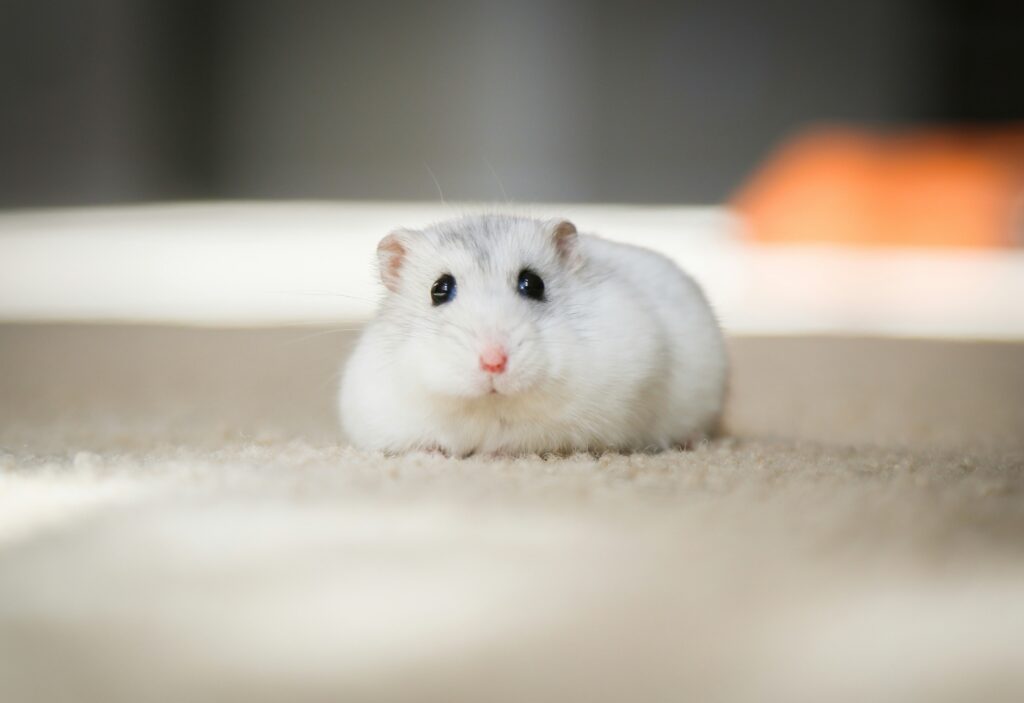
Hamsters as Pets
Hamsters have long been popular pets due to their small size, low maintenance requirements, and playful nature. However, owning a hamster is a responsibility that should not be taken lightly. Before bringing a hamster into your home, consider the following factors:
Housing: Hamsters require a suitable habitat with ample space for exercise, exploration, and burrowing. Choose a cage with a solid base and well-ventilated sides, and provide bedding material such as paper-based bedding or aspen shavings for nesting.
Diet: A balanced diet is essential for a hamster’s health and well-being. Feed your hamster a commercial hamster mix supplemented with fresh fruits, vegetables, and occasional treats such as mealworms or nuts. It’s crucial to avoid feeding hamsters foods that are high in sugar, fat, or toxic to their species.
Socialization: While some species of hamsters can be housed in pairs or small groups, others are solitary animals and should be housed alone. Research the social needs of the species you plan to keep and provide appropriate companionship or solitude as needed.
Health Care: Regular veterinary check-ups are essential for monitoring your hamster’s health and detecting any potential health issues early on. Find a veterinarian experienced in treating small animals, such as hamsters, and schedule annual wellness exams to assess your hamster’s overall health and provide preventive care.
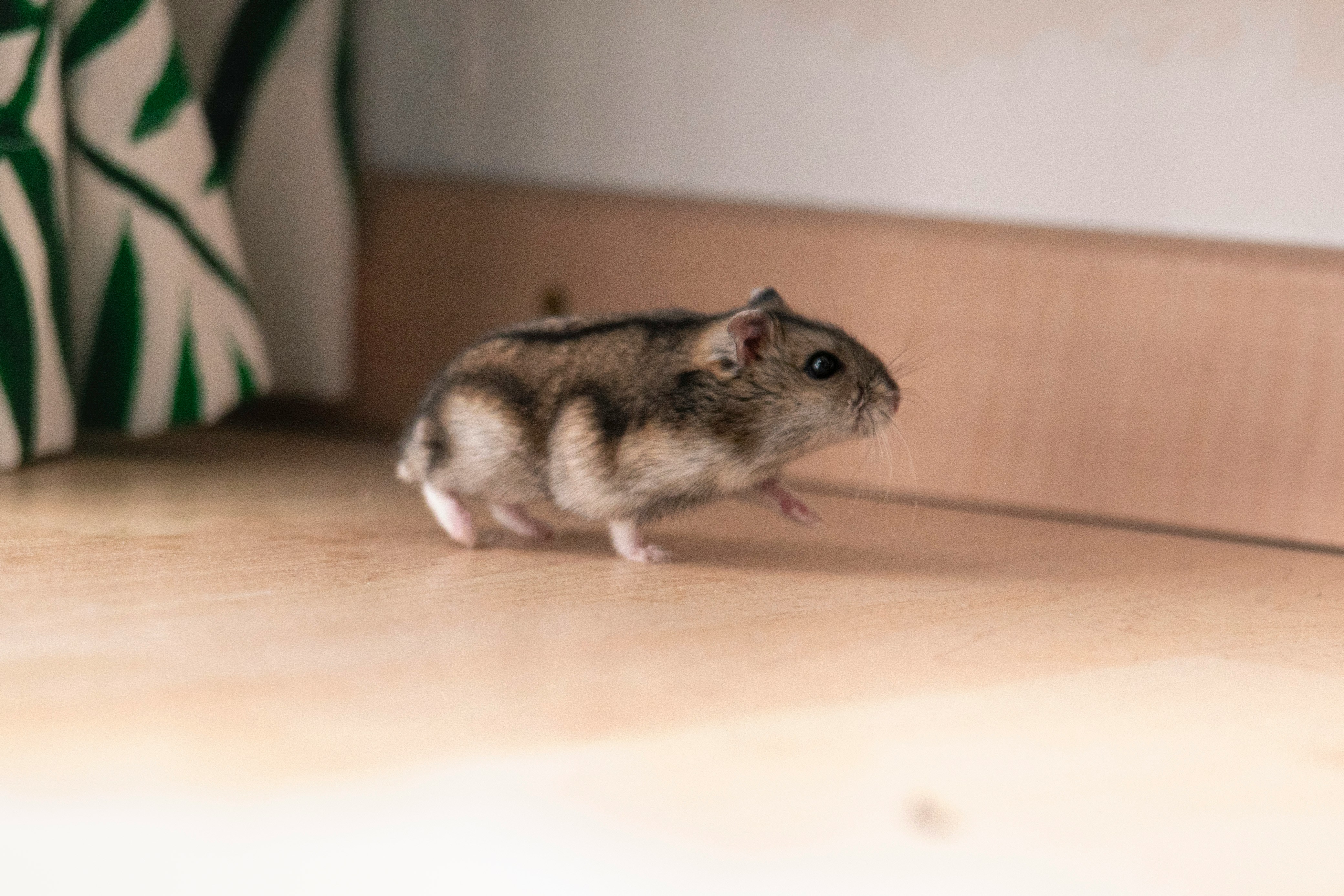
Conclusion
Hamsters are fascinating creatures with a rich history, diverse species, and unique behaviors. Whether admired for their burrowing prowess, grooming rituals, or playful antics, hamsters have earned a special place in the hearts of pet owners and enthusiasts worldwide.
By understanding their origins, physical characteristics, behavior, species diversity, and their role as beloved pets, we gain a deeper appreciation for these charming rodents and the joy they bring into our lives. Whether you’re a seasoned hamster owner or considering bringing one into your home for the first time, remember to provide the love, care, and attention they deserve, and your hamster will reward you with companionship and happiness!

